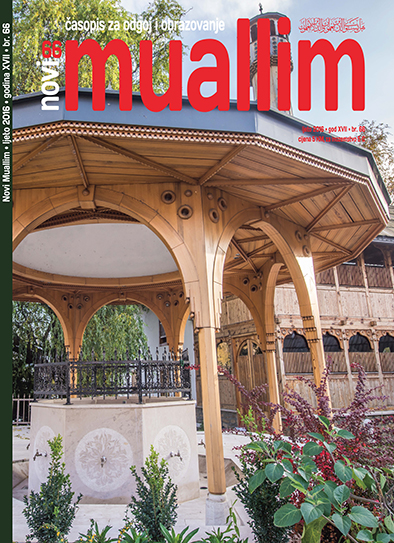“SAFE HAVEN” SREBRENICA: MEASURES OF UNITED NATIONS THAT COULD HAVE PREVENTED THE GENOCIDE
DOI:
https://doi.org/10.26340/muallim.v17i66.151Keywords:
Resolution 819, “safe haven” Srebrenica, the verdict of the International Court of Justice, collective measuresAbstract
UDK 341.485
The subject matter of this article is an analysis of the resolution 819, by which Srebrenica was declared a “safe haven” and measures that could have prevented the fall of Srebrenica. Security Council had proclaimed Srebrenica a “safe haven” with intention to protect Bosnia and Herzegovina, a member state of United Nations, precisely its civilian population in eastern Bosnia. Thus it was a responsibility of Security Council to provide mechanism for protection of Srebrenica, however it failed to do so, and the same thing happened as with resolutions adopted earlier by the Council – it gave no grantee of protection. United Nations may establish peace through peaceful resolvement of conflicts or through collective measures as per chapter VII of the Resolution. For effective application of the Resolution it was necessary to provide for collective measures that could have actually protect Srebrenica, instead it gave only an ostensible protection through mere presence of UNPROFOR with no other power but to protect itself. All the shortcomings regarding the protection of Srebrenica were evident in July 1995, when more than 8 000 people were killed. The verdict of the International Court of Justice declares that the genocide was committed over a protected group of Muslims from Srebrenica and Muslims of eastern Bosnia by the armed forces of Republic of Srpska, whereas Federal Republic of Yugoslavia was found guilty of failing to prevent genocide. Srebrenica should be a lesson to the United Nations so that genocide should never happen again.
Downloads
Published
How to Cite
Issue
Section
License
Naknada:
a. Časopis ne naplaćuje naknadu za obradu članaka (APC) i naknadu za podnošenje članaka.
Autori koji objavljuju u ovom časopisu pristaju na sljedeće uvijete:
- Autori zadržavaju autorska prava i pružaju časopisu pravo prvog objavljivanja, pri čemu će rad jednu godinu po objavljivanju biti podložan licenci Creative Commons imenovanje koja omogućuje drugima da dijele rad uz uvijet navođenja autorstva i izvornog objavljivanja u ovom časopisu.
- Autori mogu izraditi zasebne, ugovorne aranžmane za ne-ekskluzivnu distribuciju rada objavljenog u časopisu (npr. postavljanje u institucionalni repozitorij ili objavljivanje u knjizi), uz navođenje da je rad izvorno objavljen u ovom časopisu.


